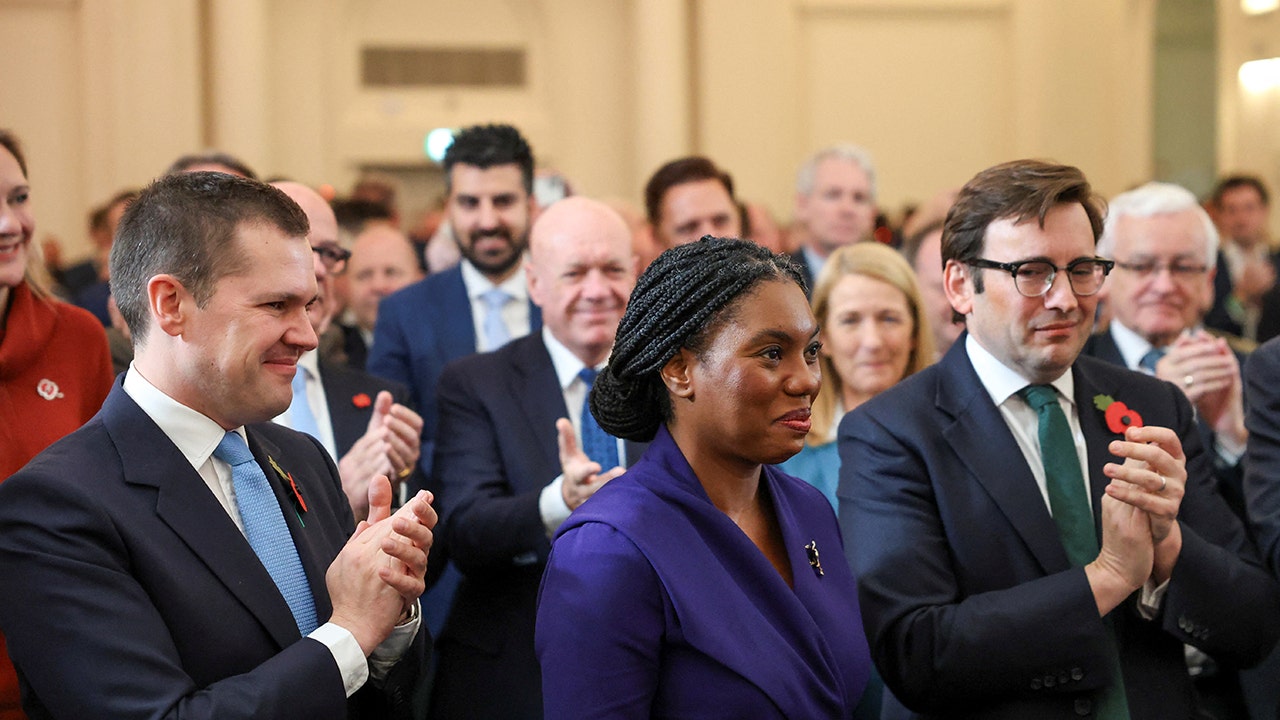Argentina’s financial markets are abuzz with optimism as investors place their bets on President Javier Milei’s ambitious plan to tame the country’s rampant inflation.
Despite the current annual inflation rate hovering above 200%, market participants are wagering on a dramatic reduction in the coming year.
Local bond market prices suggest that traders anticipate a significant drop in the monthly inflation rate. Forecasts indicate an average monthly rate of 1.9%, which would bring the annual rate down to 25%.
This projection, provided by local broker PPI, is more optimistic than the economists’ consensus of 35%. Argentinians have endured triple-digit inflation for nearly two years.
While the cost of living has decreased, it remains high. September saw an annualized rate of 209%, down from its peak of 289.4% in April but still above the 138% recorded in the same period last year.
 Argentine Bond Market Predicts Sharp Drop in Inflation Rates. (Photo Internet reproduction)
Argentine Bond Market Predicts Sharp Drop in Inflation Rates. (Photo Internet reproduction)Milei’s mandate from the electorate was clear: tackle inflation at all costs. Barbara Guerezta, a strategist at Delta Asset Management in Buenos Aires, notes that Milei is keenly aware of his campaign promise and is taking steps to fulfill it.
Inflation Expectations and Currency Concerns i
The market’s inflation expectations, as indicated by the “breakeven” rate, are lower than economists’ predictions. This rate is calculated as the difference between fixed-rate and inflation-linked bond yields.
It points to a more optimistic outlook for price stability. Many economists project an annualized inflation rate of 35% for 2025.
However, some firms, like Delta Asset Management, forecast a more dramatic drop to 20%. This disparity raises questions about the feasibility of such rapid disinflation.
The stakes are high for both Milei‘s government and investors. Alejo Costa, chief economist at Max Capital brokerage, describes the current market sentiment as a “total confidence” in the government’s plan.
Investors are banking on the government’s ability to reduce inflation while managing currency depreciation. They anticipate a strengthening of the parallel exchange rate known as “contado con liquidación,” which currently trades about 16% below the official rate.
However, concerns linger about the peso’s depreciation under Milei’s policies. The potential for a stronger U.S. dollar, especially in light of a possible Donald Trump victory, adds to worries about exchange rate controls and currency devaluation.
Some investors remain cautious. Emiliano Merenda, president of Pharos Capital, admits to nightly concerns about the timing of unwinding his investment position before a potential currency event.
Investor Sentiment on Argentina’s Peso
Merenda’s successful peso-denominated investment strategy in March 2023 yielded a 35% gain. The specter of 2017 looms large for many traders.
That year marked the last time a peso-denominated carry trade yielded healthy profits before a financial crisis in 2018 led to a massive sell-off and a 50% peso devaluation.
Recent peso appreciation has raised eyebrows, especially given the central bank’s ongoing deficit, which limits its ability to defend the currency if needed.
This situation has prompted some traders to shift their holdings away from fixed-rate peso assets. Carolina Schuartzman, sales and trading director at Columbus Investment Banking, has adopted a more cautious stance.
She views a 25% inflation target as overly optimistic, considering the partial lifting of exchange restrictions and unresolved relative price issues.
However, some argue that 2024 will be different. Argentina still maintains exchange controls, local debt is held by domestic investors, and the country does not have a fiscal deficit.
These factors could provide some stability to the economic landscape. Current spreads indicate some risk, but many investors still see potential for gains.
Peso-denominated securities offer rates between 30% and 50% annually, surpassing consensus expectations for inflation and devaluation.
As Costa from Max Valores concludes, “For Argentine investors, the business still looks good. It’s not over.” This sentiment encapsulates the cautious optimism pervading Argentina’s financial markets as they navigate the country’s complex economic terrain.

 By The Rio Times | Created at 2024-11-07 11:30:41 | Updated at 2024-11-07 14:38:03
3 hours ago
By The Rio Times | Created at 2024-11-07 11:30:41 | Updated at 2024-11-07 14:38:03
3 hours ago







